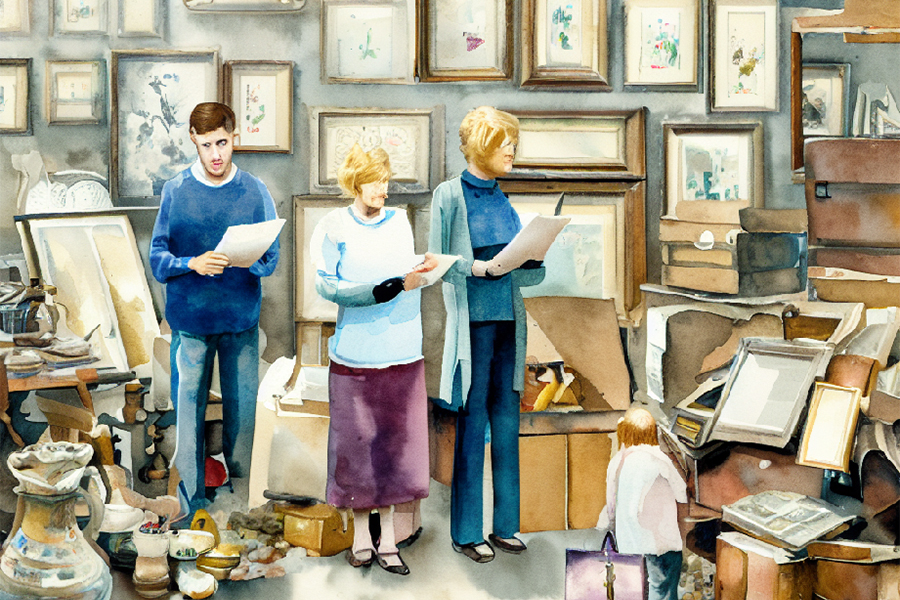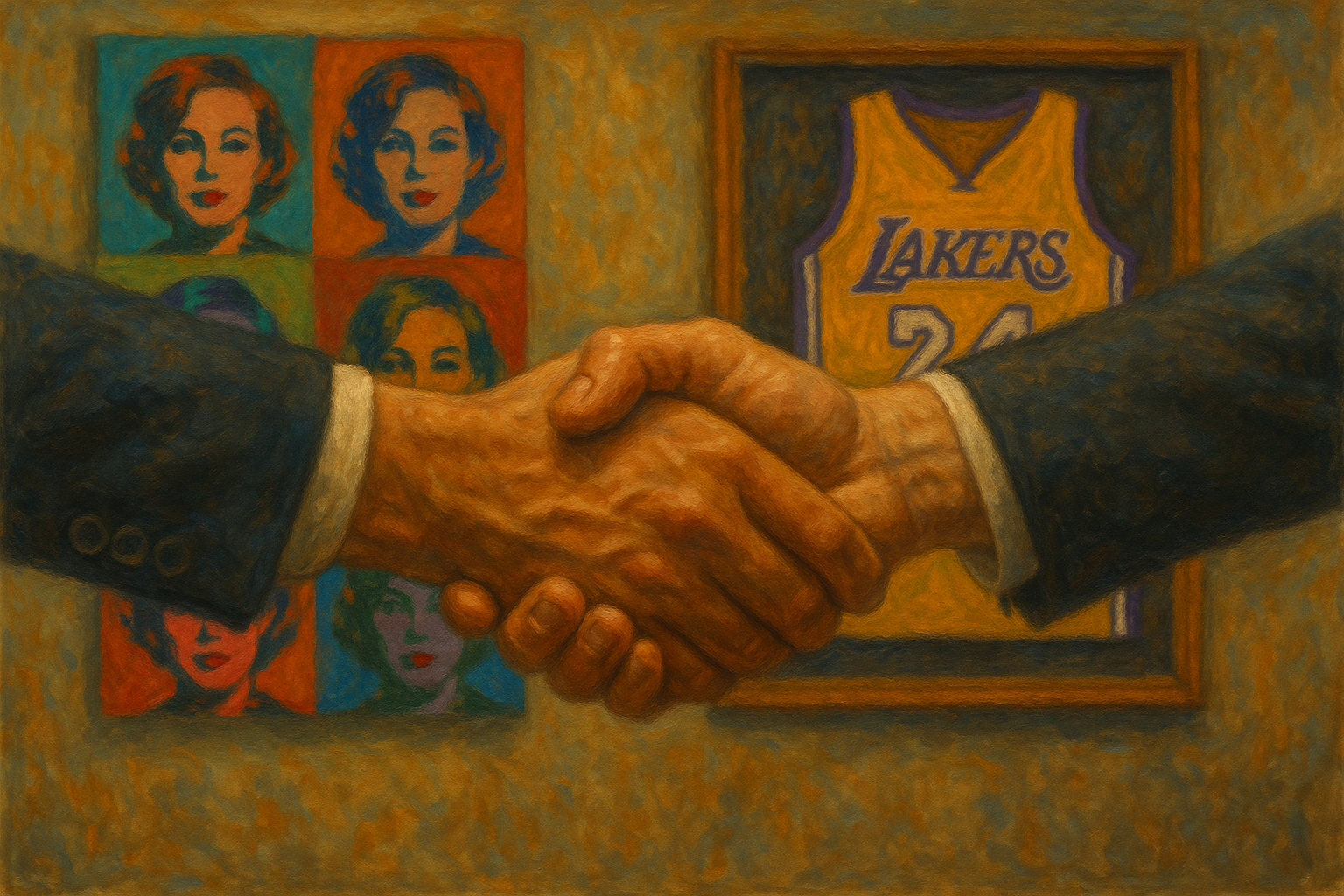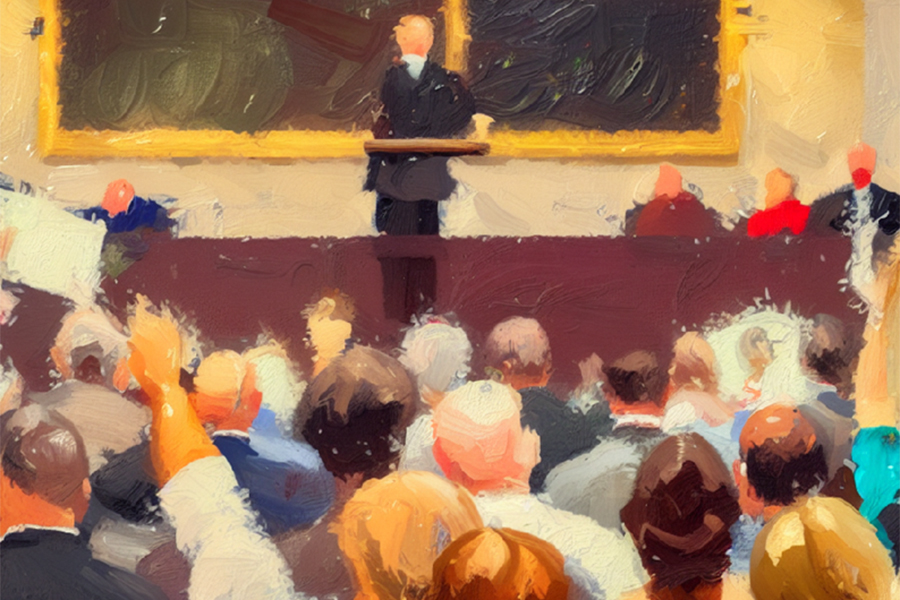Destiny Family Office specializes in helping high-net-worth collectors understand, account for, and protect the financial might of their collections, both for themselves and their families. Here, we discuss the many challenges that heirs of high-net-worth collectors may face upon inheriting a collection.
If you have a valuable collection you’d like to include in your financial, tax and estate planning in an effort to prevent those challenges, contact our Destiny Family Office team today. And don’t forget to self-assess your planning to date by completing our Collectibles Scorecard.
Our passions can become the pains of our heirs.
It’s an uncomfortable truth, but while our collections may provide a source of joy during our lifetimes, a failure to prepare sufficiently may make them a source of headaches for our families.
As those familiar with Destiny Family Office know, we are fervent advocates of collection-related planning for high-net-worth collectors. If collectors fail to prepare their families properly or to establish a thoughtful plan for the transfer of their collections, the challenges facing heirs will mount quickly at an incredibly difficult time. These challenges can create significant logistical, financial, and emotional burdens that may result in lost value and resentment.
Many of these potential pitfalls are easily avoided. To help you better understand the enemy, here are the many headaches that confront heirs of extensive collections.
Knowing What They've Inherited
If you haven’t discussed your collection with your family, if it’s a siloed part of your life—your hobby, and yours alone—then the first challenge is the most obvious and straightforward. Heirs will be clueless about what they’ve inherited.
The worlds of art, memorabilia, and collectibles are highly nuanced. For those who don’t follow them, the simple act of identifying what a piece is – or that it might be valuable – is no simple act at all.
For instance, many autographs are difficult to read. How will a novice know that Roberto Clemente signed your baseball…and that it matters deeply that he did? Similarly, the merits of a work of art can confound those lacking in experience or expertise. Will a layman recognize the esteem of a $5 million Mark Rothko painting, or will they see three, nondescript blocks of color?
In your absence, your heirs can consult experts to determine the composition of your collection. But why leave it to chance or a third party? Talk to your family about it. Point out its key contents and their significance. Or better yet, document and catalog your collection to equip the next generation with everything they might need to know.
Knowing What It's Worth
If heirs don’t know what your collection contains, they certainly won’t know what the contents are worth.
Ignorance of a collection’s worth presents myriad risks, from selling below its value to junking it altogether. Periodic, formal appraisals are a best practice for any collector, and they are similarly important for heirs to understand the scope of what they’ve inherited, as well as to ensure adequate protection via insurance in the event they intend to retain the contents. Acknowledging that markets may shift, the last known value can be a helpful portion of a collection’s catalog and documentation. It’s important to stay relatively current with valuation; assets can multiply in value over decades, transforming an asset from one worth tens of thousands of dollars to a million-dollar crown jewel. By providing heirs with the most recent valuation, you’ll ensure that bad actors stand a lesser chance of taking advantage of them and that your family is better equipped to seek an appropriate price.
Liquidity Challenges
The appraisal process may surface some complicated findings, namely that the collection’s value is quite high (a good thing) and that the valuation necessitates the payment of a steep estate tax (not so great). Perhaps there are sufficient liquid assets in the estate or on the heirs’ balance sheet to mitigate this problem, but barring that, this is a headache of the highest order.
A lack of liquidity effectively necessitates a fire sale or other hastily assembled solutions, like borrowing against the collection to create liquidity. In collectible markets, the need to realize proceeds quickly can often result in suboptimal outcomes; the pressure on a forced seller rarely creates the highest values realized. If the market is enduring a softer moment, heirs may not have the luxury of waiting it out. As in traditional financial markets, selling in a falling market, when sentiment is lowest, is generally not a successful strategy.
Knowing Where and How to Sell Assets
In your lifetime as a collector, you’ve cultivated numerous professional and personal relationships with individuals and organizations that have helped you buy and sell your treasured collectibles. You know the best place to sell your Mickey Mantle card, Andy Warhol painting, or bottle of Domaine Romanee-Conti.
Your heirs, though, may have no idea.
That knowledge can be worth hours of research and thousands of dollars (if not far more). The choice of auction venue matters deeply. Different auction houses excel in different categories. One house might treat a category as an area of emphasis, marketing effectively, reaching an engaged audience, and achieving standout results. Another might treat that category as an afterthought. Unfortunately, it’s not easy for outsiders to discern the difference without years of experience in the market.
It may be worth introducing your family to the trusted professionals you’ve worked closely with. Absent an introduction, your family should have their names, contact information, and perhaps even information on any pricing you’ve negotiated over the years on auction selling commissions or other terms.
Why force your heirs to start from square one when you’ve developed the relationships of a seasoned collector?
Knowing What They Need to Achieve Best Results
Let’s generously assume that your heirs have successfully navigated these challenges. They’re well on their way to helming their newfound collections with confidence.
Unfortunately, they’ve not yet traversed the full minefield of risks.
For instance, in today’s market, authentication and provenance are paramount. Has your memorabilia been authenticated to the highest standard available? And if so, have you organized the relevant documentation and made it readily available? Absent that proof of authenticity, the marketability of your collection decreases significantly. To restore it, heirs will need to not only recognize and learn about the importance of authentication but also figure out how to get it done and who to use.
A game-worn jersey unaccompanied by authentication paperwork could be worth only a fraction of the value of a properly photomatched jersey. An unverified autograph may be worth only as much as the item it’s written on. We can easily prevent these shortcomings by pursuing appropriate authentication standards and carefully preserving and organizing the associated documentation.
Left unopposed, these challenges have destructive potential, threatening to unravel your carefully curated collection and leaving your heirs far short of realizing its true value. Fortunately, mitigating them is quite simple. Information is power, and conveying relevant information about your collection to your family members is an extremely powerful way to de-risk their future stewardship.
There’s little downside to having those discussions, but the potential downside to not having them is extensive and severe.
Conversations about your collection may even instill the next generation with your passion, but we make no guarantees there.
If you have a valuable collection you’d like to include in your financial, tax and estate planning, contact our Destiny Family Office team today. And don’t forget to self-assess your planning to date by completing our Collectibles Scorecard.




